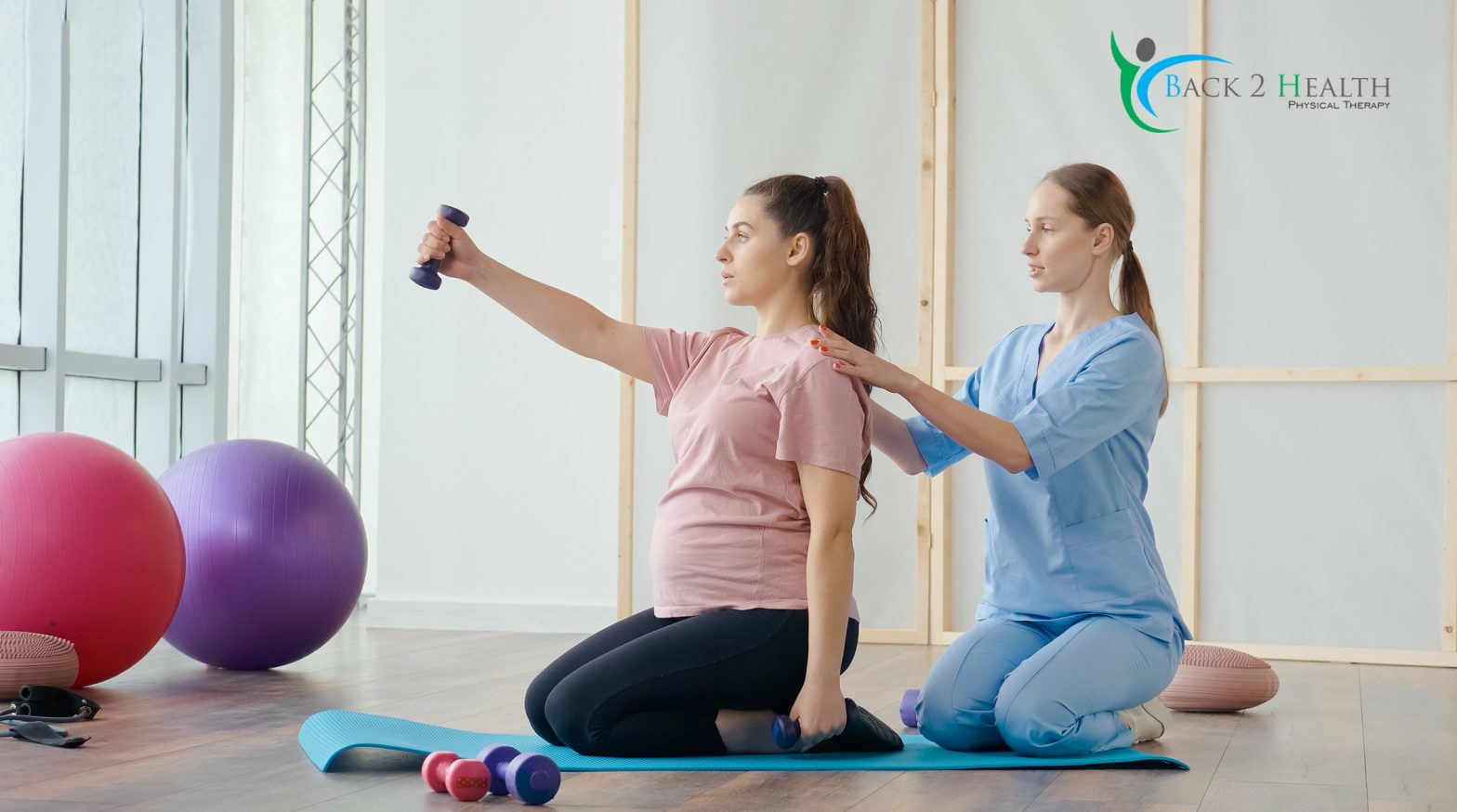Physical Therapy Guide to Knee Pain Treatment
Have you noticed your knees are in pain when you wake up or go to bed? Are the activities you do between sunrise and sunset impacted by chronic knee joint dysfunction? Struggling with this condition can severely hinder your ability to go about your regular daily routine. We believe in knee pain treatment without surgery.
At Back 2 health, we have an experienced physical therapist staff who can help you find more ease, strength, and confidence in your daily life. If you or your loved one is suffering from knee pain, call us and find out how we can contribute to your Knee Pain Treatment.
Common Hip and knee pain symptoms
- Muscle pain, weakness, tenderness, and swelling in the hip and knee
- Radiating pain in the leg
- Disturbed walking patterns
- Reduces the range of motion and mobility
Reasons for hip and knee problems
Hip and knee pain can be caused by injuries, repetitive strain, mechanical problems, and several types of arthritis. The strength of your muscles is a critical factor in hip and knee problems. Your hip muscles, like the gluteus medius, direct the position of your knees when you are running, jumping, or walking.
An injury can affect any of the ligaments, tendons, or fluid-filled sacs that surround your knee joint and the bones, cartilage, and ligaments that form the joint. Common injuries include:
- Osteoarthritis
It is the most common cause of long-term disability among the aging population. The effectiveness of an exercise in the knee and hip osteoarthritis is attributed to its ability to reverse muscle sensitometric dysfunction, prevent abnormal movement and restore normal biomechanics, affecting better gait, relieving pain, and improving function.
- Collateral ligament
This is one of the most basic injured ligaments of the knee. The treatment of medial-sided knee injuries has evolved from surgical treatments to mostly in-operative management with an appropriate functional rehabilitation program. Active range of motion is commenced early to prevent rigidity with concomitant strengthening exercises.
- Patellar instability describes patellar dislocation.
Patellar subluxation and general symptomatic patellar instability. This refers to stability problems with the knee cap. They account for 11% of musculoskeletal pain symptoms and a higher incidence in females. Patellar instability can often be treated successfully without an operation. Ideal rehabilitation demands the avoidance of pain during exercise.
Five benefits of physical therapy for hip and knee pain
1. Physical therapy can help to build up your joints and improve your range of motion.
Increasing muscle strength and portability of the connective tissues around your joints will help your joints feel better and move better. This can also help you improve your functional activity tolerance, essential for work, leisure, and simple daily function.
2. It’s a safe, holistic method of pain management.
People rely so heavily on over-the-counter medications to ease their pain that they don’t realize these pills’ long-term effects on their bodies. You don’t have to rely on over-the-counter or prescription painkillers to ease those achy, stiff, swollen joints.
Physical therapy modalities that have been shown to alleviate pain, reduce spasms, increase circulation, and promote healing include electrical stimulation, diathermy, cold laser therapy, dry needling, and therapeutic ultrasound.
3. Physical therapy can uncover Knee Pain Treatment.
Many of the impairments you and your physical therapist work to, correct-including weakness, poor posture, and limited range of motion-may, have been caused or worsened by things you are unknowingly doing. This includes sitting too much, using poor body postures, breathing improperly, and having an ineffective ergonomic set-up at work.Treatment of hip and knee disorders
A physical therapist can prepare you to move in more energy-efficient and safe ways to enhance the overall effects of your care and reduce the risk of re-injury.
4. You can learn to move without limits.
Exercise is one of the best ways to lead to hip pain and knee pain caused by osteoarthritis. Your physical therapist can help you get back to regular exercise safely and effectively, based on your current abilities, goals, and needs. This is especially helpful if you are currently on a weight loss journey since being overweight is a significant risk factor for knee and hip pain.
5. Your joint health will significantly improve
When you see a physical therapist for hip or knee pain, there is a good chance they will use joint mobilizations or manipulations to help promote healing and attract circulation to the inner joint surfaces. These techniques have also been shown to decrease pain and improve joint alignment.
Get started on hip and knee pain relief today!
If you are sick and tired of spending every day in pain, know that this isn’t how you have to continue the rest of your life. Contact Back 2 Health Physical Therapy Sterling Heights today to schedule an appointment with a physical therapist and learn how you can begin healing safely and safely from the inside out via non-surgical Knee Pain Treatments.
Treatment of hip and knee disorders
The Back 2 health measures the hip and knee using our proprietary medical equipment with strength, mobility, and strength-balance testing functionality. The results are compared against the normative values of a healthy hip and knee, considering the patient’s height, weight, age, and sex.
Based on this information, we will develop an individualized treatment plan for Knee Pain Relief. We have significantly increased mobility, endurance, and strength levels to help improve your daily life.
Ready to find relief? Call us today!
Are you experiencing the symptoms of back pain or sciatica? If you are, you can find relief with Back 2 Health Physical Therapy today a Sterling Heights, Michigan. You are not your pain. Our physical therapists are ready and willing to help get you on the way to recovery!
Give us a call at our office at (586) 439-0015 or click here to request your appointment!



